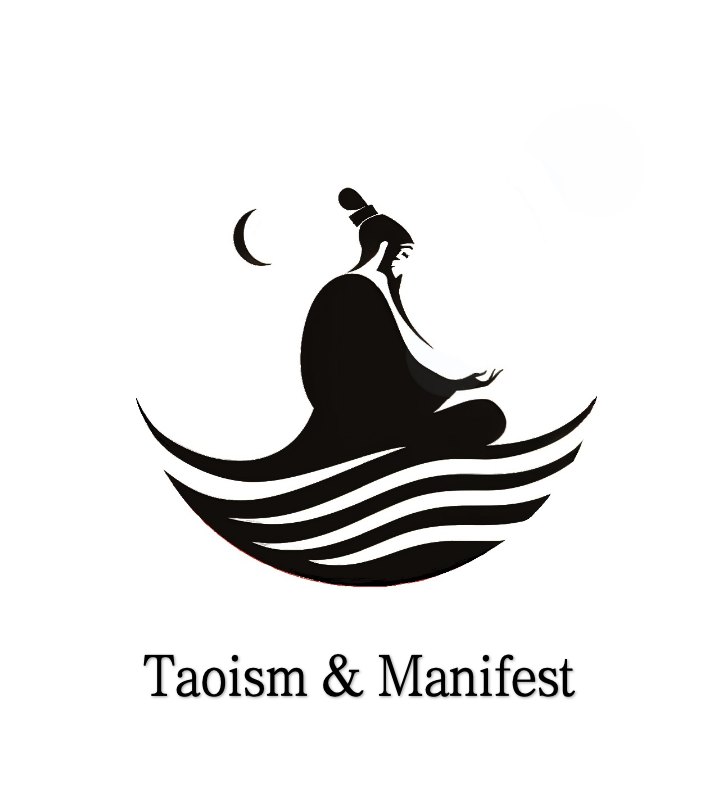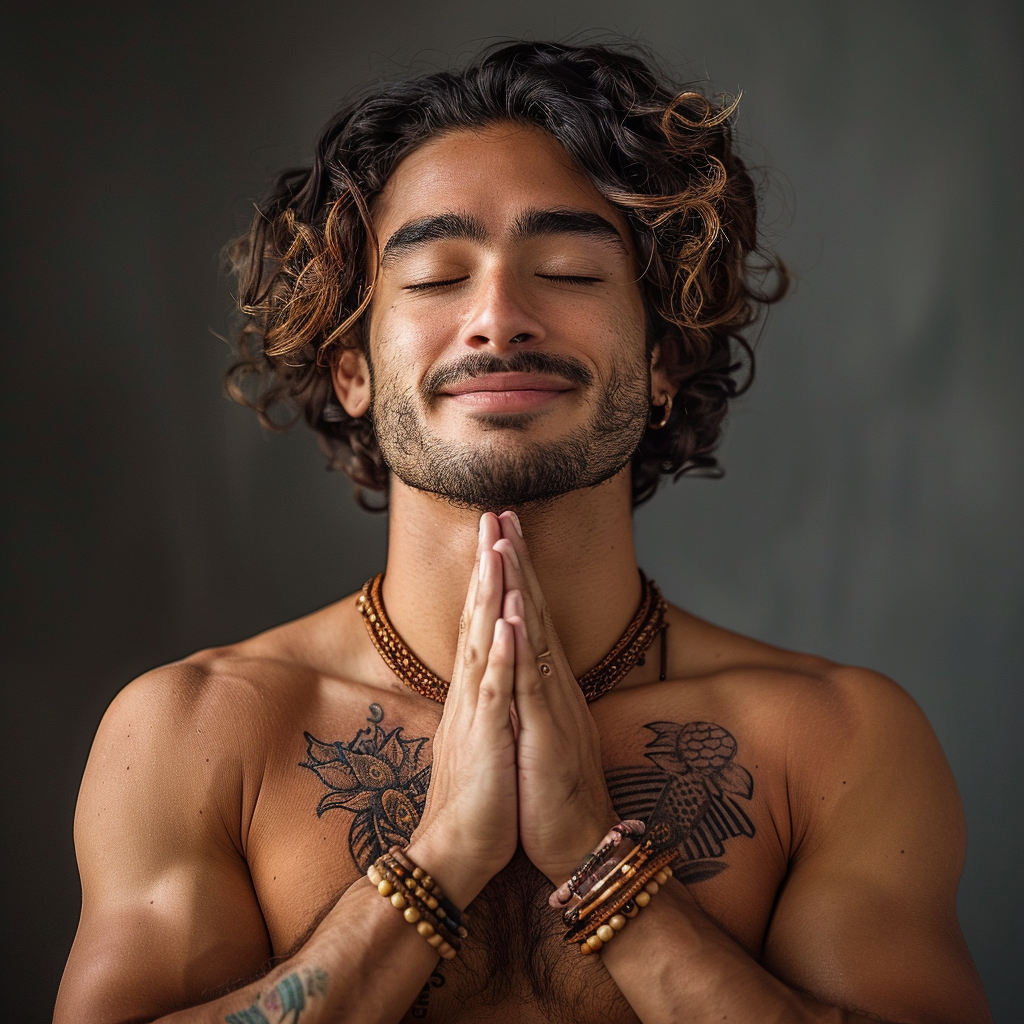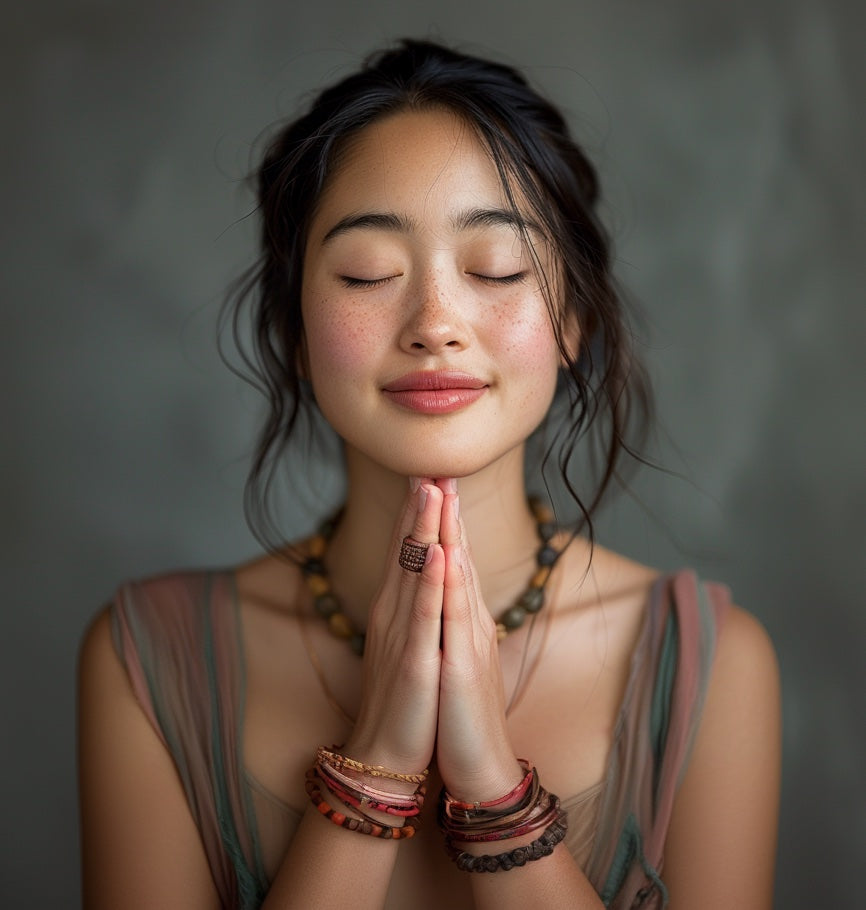
The Historical Evolution of Taoism
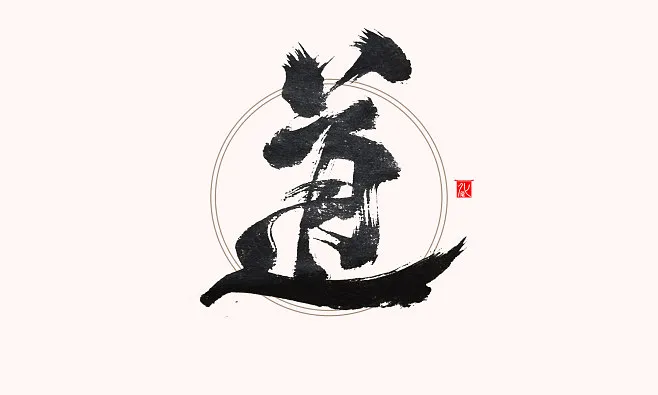
Taoism is a special tradition from ancient China. It mixes philosophy and religion. Many people connect Taoism to Laozi and the Tao Te Ching. These teach us to live in balance with the Tao. The Tao is the natural flow of the universe. Followers try to live in harmony with nature. They also accept that life always changes. Taoism values spiritual immortality. It also values the flow of energy called qi. The balance of yin and yang is important too. These ideas have shaped beliefs and daily life for many people over hundreds of years.
Key Takeaways
Taoism teaches people to live in harmony with the natural flow of the universe, which is called the Tao.
Core ideas like yin and yang, qi energy, and Wu Wei help guide people to balance and health in life.
Taoism started from old shamanic roots and became an organized religion with rituals and leaders.
Famous thinkers like Laozi and Zhuangzi helped shape Taoism by writing important books and stories.
Today, Taoism affects culture all over the world and helps people find peace, balance, and well-being.
Taoism: Core Concepts
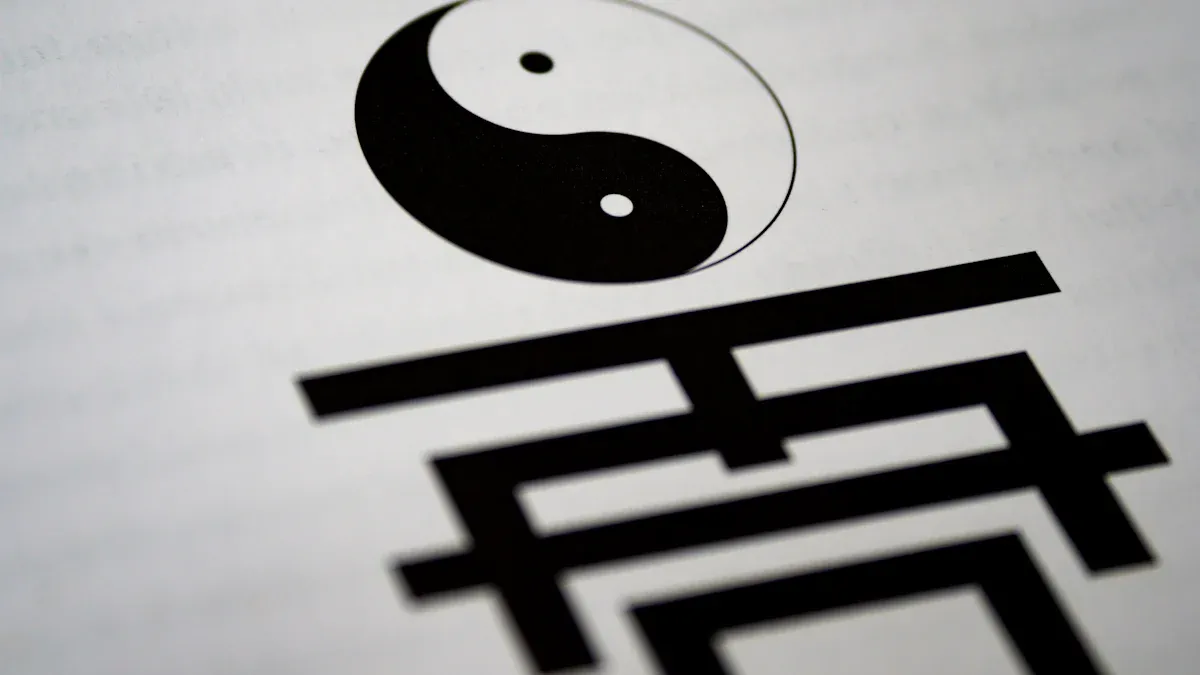
The Tao
The heart of Taoism lies in the concept of the Tao. Lao-tzu described the Tao as the mysterious source and pattern behind everything in the universe. The Tao cannot be fully explained with words. The Tao-te-ching, written by Lao-tzu, teaches that the Tao is eternal and formless. It is the way that guides all things. People who follow the basic teachings of Taoism try to live in harmony with the Tao. They seek to move with the natural flow of life, not against it. This path encourages simplicity, spontaneity, and acceptance of change. The philosophy of Taoism values Wu Wei, or effortless action, which means acting in tune with the way of nature. Lao-tzu’s teachings show that true wisdom comes from understanding the balance and cycles of the Tao. For more insights on how embracing Wu Wei can make work less stressful, check out our article, "How Embracing Wu Wei Makes Work Less Stressful."
Yin and Yang and Chi
Yin-yang thought forms another core part of Taoist philosophy. Yin and Yang are two opposite but connected forces. Yin stands for qualities like coolness, darkness, and rest. Yang stands for warmth, light, and activity. These forces create balance in the universe. They are always shifting, never fixed. The philosophy of Taoism teaches that everything contains both yin and yang. The way to health and happiness is to keep these forces in balance. Chi, or qi, is the vital energy that flows through all things. Taoist beliefs say that when Chi moves freely and Yin and Yang thought stays balanced, people feel well. Practices like Tai Chi and Qigong help keep this energy flowing and support harmony in body and mind. To explore how the dynamics of Yin and Yang operate in daily life and how they contribute to balance and health, read our article, "Yin and Yang in Daily Life: Taoist Teachings for Balance at Work and Home."
Taoism vs. Confucianism
Taoism and Confucianism are both important in Chinese philosophy, but they follow different paths. Lao-tzu and the Tao-te-ching focus on living in harmony with the Tao and the natural world. Taoism values balance, simplicity, and letting things happen in their own way. Confucianism, on the other hand, centers on social order, rules, and moral duties. It teaches respect for family, tradition, and education. While Taoism looks for wisdom in nature and the flow of the Tao, Confucianism finds wisdom in learning and proper behavior. The two philosophies offer different ways to find balance and meaning in life, but both have shaped Chinese beliefs and culture.
Origins and the Tao Te Ching

Shamanic Roots
Taoism started long ago in China. It began with shamanic traditions near the Yellow River. Shamans, called Wu, did rituals to talk to spirits and nature. They used dance and trance to help bring balance. Ceremonies included spirit-travel, healing, and talismans. These old customs shaped Taoist rituals and beliefs. The idea of harmony and balance was very important. This became a big part of Taoist thinking. Some Taoist ceremonies still use these ancient ways today.
Laozi and the Tao-Te-Ching
Lao-tzu is the most well-known person in Taoism. People also call him Laozi or Lao Tzu. Many say he started Taoism, but his real story is unknown. Old tales say Lao-tzu worked with books and met Confucius. Some legends say he was wise and had special powers. The Tao-te-ching is the oldest Taoist book. Lao-tzu wrote it, but experts think many people helped over time. Old copies, like the Guodian Chu Slips and Mawangdui texts, show it changed. The Tao-te-ching teaches about the Tao, the way of the universe. It says to live simply and in harmony with nature. The Tao-Te Ching became famous during the Han dynasty. It helped shape the main ideas of Taoism.
Lao-tzu’s Tao-te-ching shows how to be wise by following the Tao and accepting change.
Zhuangzi and Early Taoism
Zhuangzi was another important Taoist thinker. His book, the Zhuangzi, uses stories and jokes to teach big ideas. Zhuangzi talked about effortless action and being one with the Tao. He said people should not worry about strict rules. He thought people should live naturally. The Zhuangzi made people focus less on politics and more on happiness. It also talked about spiritual freedom. This book and the Tao Te Ching are the base of Taoist philosophy. Zhuangzi’s ideas told people to find harmony with nature and enjoy daily life.
Historical Development
Han Dynasty and Institutionalization
The Han Dynasty was a big change for Taoism in China. Taoism changed from simple beliefs to an organized religion. Han rulers linked their main religion to the Huang–Lao movement. This movement used the Yellow Emperor as a symbol for everyone. The Celestial Masters, led by Zhang Daoling and his family, became important. They made a Taoist government and split land into parishes. They set up a clear system for religion. This helped Taoism grow and reach more people.
Han emperors also supported Taoism. Emperor Huan made sacrifices to Laozi to show respect. This made Taoism part of official ceremonies. Taoism also spread outside the government. The Yellow Turban Rebellion showed Taoist ideas could inspire many people. Taoism mixed with Confucian beliefs during this time. This made religion in China more complex. The emperors helped Taoism start schools and rituals about immortality. These changes made Taoism a major religion in China.
Note: The Han Dynasty helped Taoism become a real religion with leaders, rituals, and support from the state.
Tang and Song Dynasties
Taoism grew and changed during the Tang and Song dynasties. Tang rulers said they were related to Laozi, so they helped Taoism. They built temples and wanted people to study Taoist books. In the Song Dynasty, the government printed the Taoist canon. This made it easier for people to learn about Taoism. Song rulers joined different Taoist schools into one group called Zhengyi. This made Taoism stronger and more organized.
Taoist rituals became part of state events. The government used Taoist offerings in official ceremonies. Emperors like Huizong built temples and gave Taoist teachers important jobs. Sometimes, they banned Buddhism to help Taoism. Taoism mixed with folk religion during these times. Rituals included ancestor worship and community festivals. These things helped Taoism reach more people in China.
Taoism also grew in art and stories. Tales about Taoist gods and immortals became popular. Alchemy and spiritual practices got better. Taoism mixed with Confucian and Buddhist ideas. This time made Taoism a big part of Chinese culture and religion.
Later Dynasties and Adaptation
Taoism kept changing in later dynasties to stay important. In the 13th and 14th centuries, Zhengyi became the top school again. Shangqing got more organized and focused on rituals and reading texts. This made Shangqing more like Zhengyi. Lingbao rituals became more complex, and priests did more. Over time, regular people joined in again. Taoist groups became community groups.
Taoism also changed its moral rules. Leaders like Kou Qianzhi made new rules and punishments, using Buddhist ideas. Taoist groups formed local clubs and associations. These groups helped with community life and business. Taoism became part of popular culture through stories and festivals. New Taoist books brought in scholars and got government support.
Taoism brought back internal alchemy for spiritual growth. This was popular with rich people. By changing its rituals and teachings, Taoism stayed important in China. The history of Taoism shows how it mixed with folk religion, changed its structure, and found new ways to connect with people.
Modern Taoism and Global Influence
20th Century Changes
Taoism changed a lot in the 1900s in China. After 1959, the government stopped Taoism and other religions. Many temples closed, and some priests lost their jobs. Taoist monks had to join state groups and work together. The government wanted to take away the mystical parts of Taoism. They wanted Taoists to focus on helping the public. Some Taoists moved to Taiwan and kept their ways alive. In recent years, China has allowed more Taoist practices again. Temples have opened, and more people follow Taoism now. Even after hard times, Taoism still respects nature and harmony.
Contemporary Practices
Today, Taoist practices include many things. Priests lead rituals in temples and help people nearby. Many people visit temples to give offerings and do good deeds. They believe these acts bring blessings now and later. Some Taoist monks live quietly and meditate. Others run clinics to help people heal. Qigong and Tai Chi are popular for health and calmness. These exercises help the flow of qi, or life energy. Inner alchemy uses meditation and pictures in the mind. It helps people grow inside. Taoist groups also teach kindness and do charity work.
Cultural and International Impact
Taoism has shaped culture in China and other places. Its ideas show up in art, stories, and medicine. Practices like Tai Chi and Qigong are now in many countries. People use them to lower stress and feel better. Taoism teaches us to live in harmony with nature. Many schools and groups use Taoist ideas to teach balance and mindfulness. Taoist groups in places like Hong Kong focus on learning, health, and helping others. They teach values like kindness and honesty. Around the world, Taoism helps people find peace and balance every day.
Taoism has changed Chinese thinking and culture with ideas like the Tao, Wu Wei, and Yin and Yang. These ideas teach people to live in peace with nature. They also inspire art, science, and how people live each day. Taoism changed over time to face new problems. It mixed with other beliefs and stayed strong. Today, Taoism still helps people find balance and calm. People use its lessons in business and technology now.
Taoism’s wisdom still gives new ways to look at life. This makes it important in both old and new times.
FAQ
What is the main goal of Taoism?
Taoism teaches people to live in harmony with the Tao. The Tao is the natural way everything works. People try to find balance and peace by following it. They hope this brings happiness in their lives.
Who are the most important figures in Taoism?
Laozi and Zhuangzi are the most well-known Taoist thinkers. Laozi wrote the Tao Te Ching. Zhuangzi wrote stories that explain Taoist ideas.
How do people practice Taoism today?
People go to temples and meditate. They do exercises like Tai Chi. Many use Taoist ideas in their daily lives. They try to be calm, kind, and balanced.
What is the difference between Taoism and Confucianism?
Taoism is about nature and living simply. Confucianism cares about rules, family, and respect. Both shape Chinese culture, but they teach different ways to live.
See Also
How Embracing Wu Wei Makes Work Less Stressful
Yin and Yang in Daily Life: Taoist Teachings for Balance at Work and Home.


